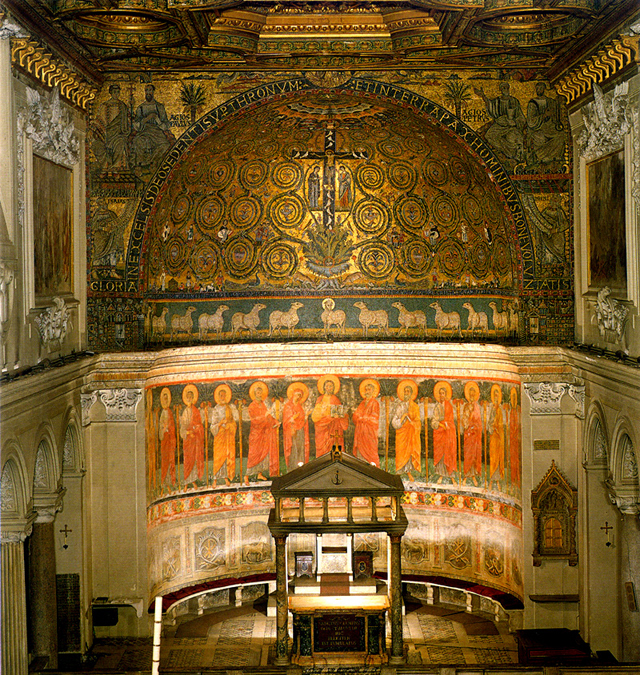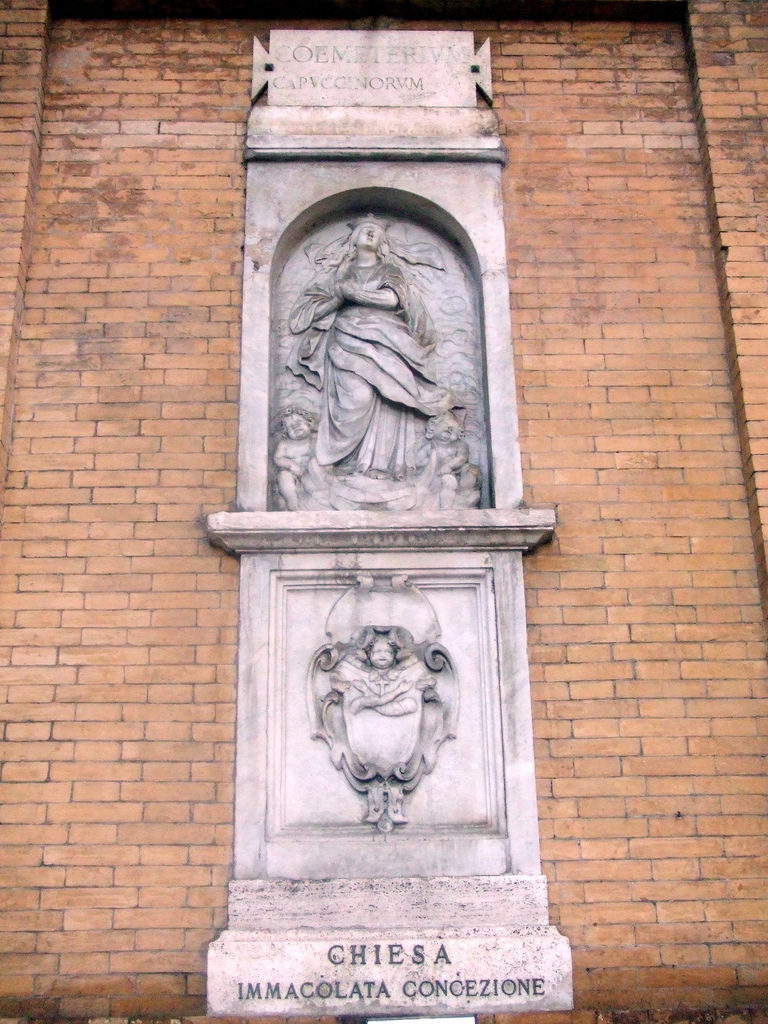Italy has at least a dozen churches, as we all know; most of them are worth a few minutes of anybody’s time. However, one church in Rome really is worth making a small detour to visit, especially if human remains are your thing. The Crypt of the Capuchin friars is in the church of Santa Maria della Concezione dei Cappuccini at the bottom of the via Veneto, close to Piazza Barberini.
So, what is it all about? Well, the church crypt is decorated in five chambers using the exhumed skeletons of over 4000 friars buried over three hundred years. Sound truly bizarre?
It probably is.
The order of Capuchin friars take their name from the hoods (capuche) fastened to their robes. Originally situated in the friary of St Bonaventure they moved across Rome to the present location of the church in 1631. Dead monks were buried for 30 years and then their remains were exhumed to make space for new burials. Poor Romans also found themselves being buried on the site. The exhumed bones were used as decoration to outline a simple philosophy, “what you are we once were and what we are you will become.” In essence, the body is corporeal and of less importance than spiritual matters. Whatever we do with our bodies they share the same skeletal frame, it is what we do with our minds and soul that matters. It is such contemplation that is carried out in the chapels each day by the existing order. According to the Capuchins, the Christian belief in the resurrection provides the key to interpreting their unique form of art.
There are five crypts (Skulls, Pelvises, Leg and Thigh bones, Three Skeletons and the Resurrection). With the exception of the last one, you pretty much know what you are going to get, but it still doesn’t stop it from being an incredible experience to behold for the first time. The detail and decoration are intense and the skeletons cloaked in traditional robes add to the eerie nature of the site. Rose patterns made from shoulder blades and representations of life (a halo) and death (a scythe) can be seen in the various chambers. One of the more intriguing features is a representation of Lazarus being resurrected by Jesus made from various body parts.
Mark Twain made the following observation about one of the friars when he visited in the 1860s, “The reflection that he must someday be taken apart like an engine or a clock…and worked up into arches and pyramids and hideous frescoes, did not distress this monk in the least. I thought he even looked as if he were thinking, with complacent vanity, that his own skull would look well on top of the heap and his own ribs add a charm to the frescoes which possibly they lacked at present”
This site certainly isn’t for everyone but it is a fascinating creation and well worth the time if you want to see more. Admission is by donation (one euro) and no photography is allowed which is not really an issue, trust me, the images will stick in your mind.
Related articles


